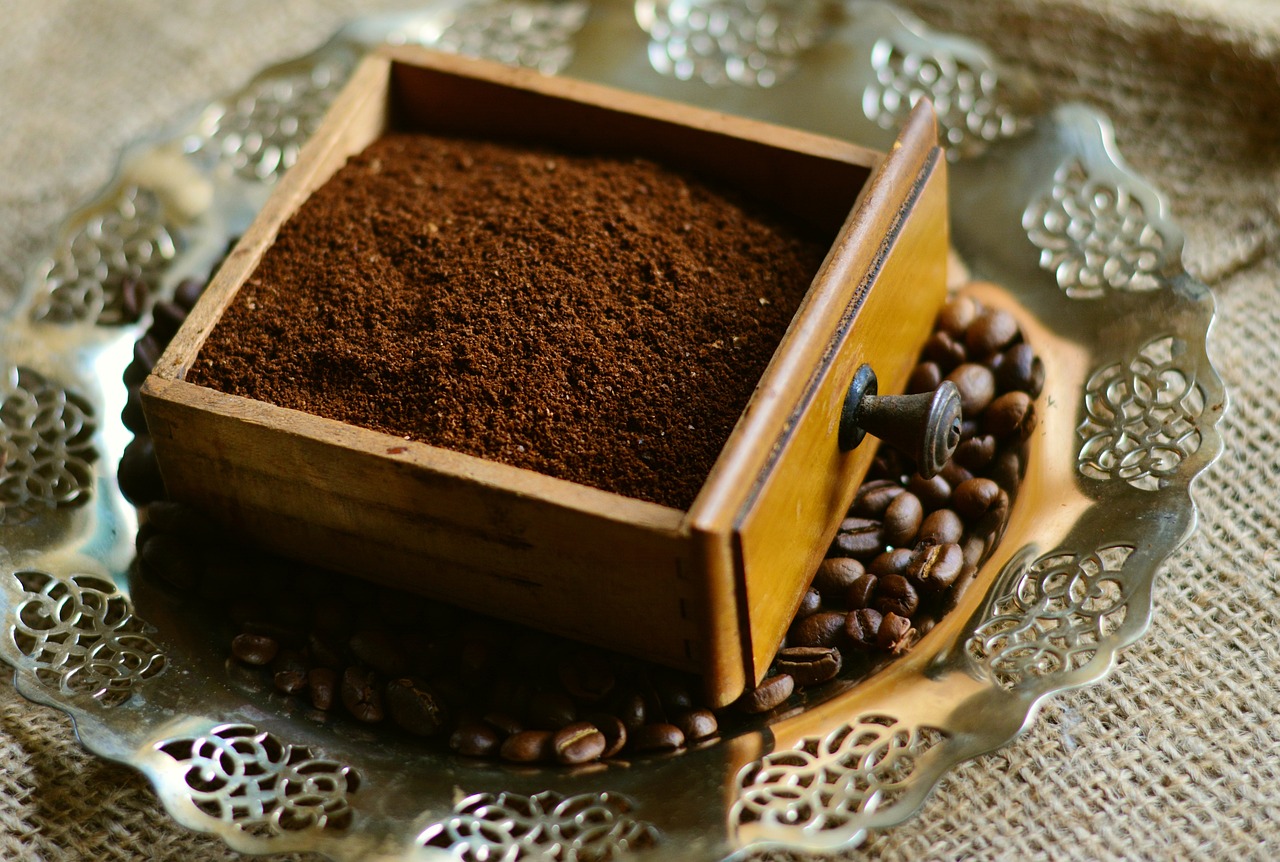
Let’s face it, most of us love a good cup of coffee in the morning (or afternoon, or evening, no judgement!). But what happens to those leftover coffee grounds? They often end up tossed in the trash, destined for the landfill. But hold on a minute, coffee lovers! Turns out, your discarded grounds hold a surprising secret – they’re a treasure trove of nutrients for many plants!
This article is your ultimate guide to transforming your daily coffee ritual into an eco-friendly gardening practice. We’ll explore 20 fantastic plants that positively thrive on a dose of used coffee grounds, turning your morning pick-me-up into a potent plant food source.
Brewing Up Benefits: Why Coffee Grounds are Plant Powerhouses
Coffee grounds might seem like mere waste, but they’re actually packed with beneficial properties for your garden. Here’s a breakdown of the magic they hold:
- Nitrogen Power: Coffee grounds are a rich source of nitrogen, a crucial nutrient for healthy plant growth. Nitrogen promotes lush foliage, vibrant flowers, and overall plant vigor.
- Acidity Boost: Coffee grounds are slightly acidic, which can be beneficial for plants that prefer slightly acidic soil, like azaleas and blueberries.
- Slow-Release Fertilizer: Unlike some quick-release fertilizers that can burn plants, coffee grounds offer a slow-release source of nutrients, allowing plants to absorb them gradually.
- Organic Matter Magic: Coffee grounds add organic matter to the soil, improving its drainage, aeration, and overall structure for healthy root development.
But wait, is there a catch? While most plants benefit from coffee grounds in moderation, it’s important to use them wisely. Coffee grounds are slightly acidic, and too much can lower the soil pH too drastically. So, moderation is key!
Grounds for Celebration: 20 Plants That Love a Coffee Boost
Now, let’s get down to the fun part – the plant party! Here are 20 fantastic plants that will celebrate your used coffee grounds:
1. Acid-Loving Beauties:
- Azaleas: These flowering shrubs adore slightly acidic soil, and coffee grounds provide a gentle boost to keep them happy and blooming brilliantly.
- Blueberries: Craving plump, juicy blueberries? Coffee grounds are your secret weapon, helping to lower the soil pH and promoting healthy blueberry growth.
- Hydrangeas: Want vibrant blue or pink hydrangeas? Coffee grounds can help maintain the soil acidity that favors these stunning blooms.
2. Flower Powerhouses:
- Roses: The queen of the garden appreciates a sprinkle of coffee grounds around its base. The nitrogen boost can encourage strong growth and beautiful blooms.
- Camellias: These elegant flowering shrubs enjoy slightly acidic soil, and coffee grounds can help maintain the ideal pH for optimal growth and dazzling blooms.
- Caladiums: These vibrant foliage plants appreciate the slow-release nitrogen boost from coffee grounds, promoting healthy, colorful leaves.
3. Foodie Favorites:
- Tomatoes: Craving juicy, homegrown tomatoes? Coffee grounds can help improve soil structure and drainage, leading to happier tomato plants and delicious harvests.
- Peppers: Like their tomato counterparts, peppers benefit from the improved soil structure and slow-release nutrients offered by coffee grounds.
- Eggplants: These purple beauties appreciate the slight acidity boost from coffee grounds, promoting healthy growth and potentially improving yields.
4. Leafy Delights:
- Spinach: This leafy green thrives on nitrogen, making coffee grounds a perfect addition to your spinach patch for stronger, healthier growth.
- Swiss Chard: Similar to spinach, Swiss chard appreciates the nitrogen boost from coffee grounds, ensuring lush, leafy growth for delicious salads.
- Lettuce: Coffee grounds can help improve soil structure and drainage for your lettuce plants, leading to crispier, healthier leaves.
5. Houseplant Heroes:
- African Violets: These beautiful flowering houseplants love slightly acidic soil. Coffee grounds, used sparingly, can help maintain the ideal pH for vibrant blooms.
- Rubber Plants: These popular houseplants can benefit from the slow-release nitrogen offered by coffee grounds, promoting healthy, glossy foliage.
- Monstera Deliciosa (Swiss Cheese Plant): This trendy houseplant thrives on good drainage. Coffee grounds, when mixed into the potting mix, can help improve drainage and aeration for your beloved Monstera.
How to Use Coffee Grounds in Your Garden:
Now that you know which plants love coffee grounds, here’s how to use them effectively:
- Compost Magic: Add used coffee grounds to your compost pile. The grounds will . decompose and release their nutrients slowly, enriching your compost for future use. Aim for a ratio of no more than 20% coffee grounds to other compost materials like leaves and kitchen scraps.
- Mulch Marvel: Sprinkle a thin layer of used coffee grounds around the base of your plants (avoiding direct contact with stems) as mulch. This helps retain moisture, suppress weeds, and slowly release nutrients to the soil.
- Direct Soil Mix: For some plants (especially acid-loving varieties), you can mix a small amount of used coffee grounds directly into the potting mix or garden soil. Be sure to mix them thoroughly and use moderation – a ratio of 10 parts soil to 1 part coffee grounds is a good starting point.
Remember:
- Moderation is Key: While coffee grounds are beneficial, too much can disrupt soil pH. Start small and monitor your plants for any negative reactions.
- Fresh vs. Used: Fresh coffee grounds are more acidic than used grounds. Use them sparingly, especially for plants not on the acid-loving list. Used grounds are generally the safer option.
- Compost First: If unsure, consider composting your coffee grounds first. This mellows the acidity and creates a richer fertilizer for all your plants.
